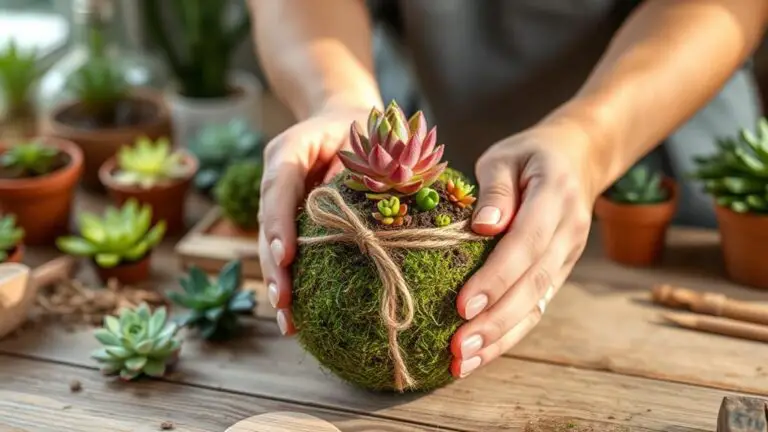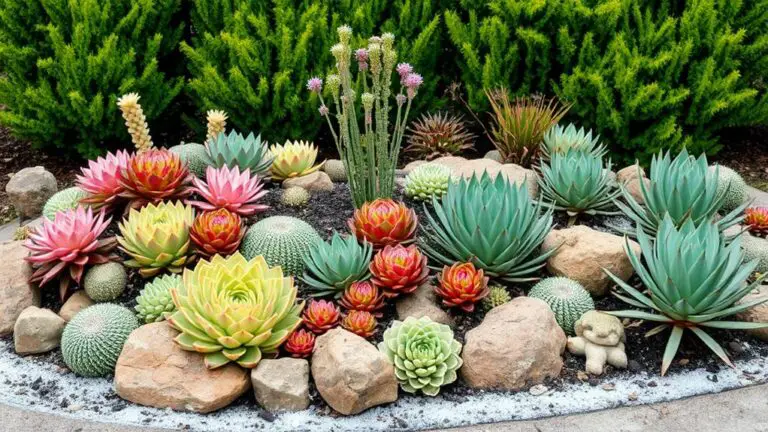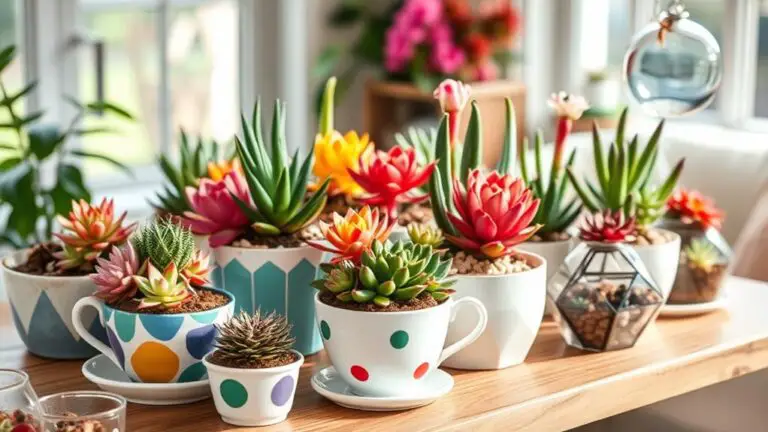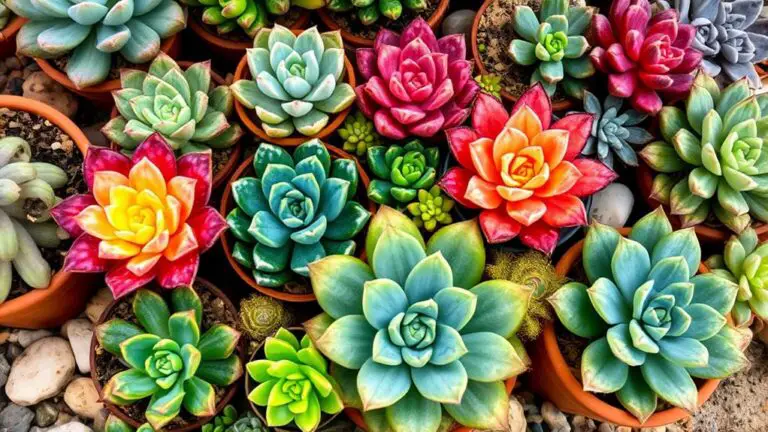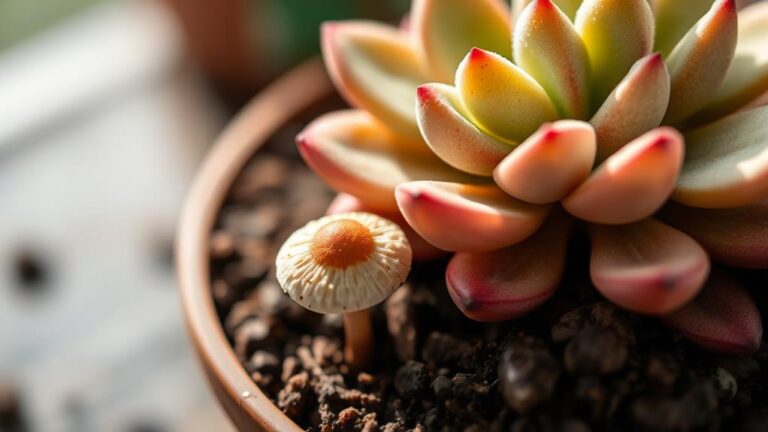How to Make Your Snake Plant Bloom—Secrets Revealed
Snake plants, also known as Sansevieria or mother-in-law’s tongue, are beloved for their hardy nature and striking appearance. These resilient plants are well-known for their upright, sword-like leaves that add a touch of elegance to any indoor space. While snake plants are primarily appreciated for their foliage, many plant enthusiasts are intrigued by the possibility of getting them to flower. Though not as common as their foliage growth, snake plant flowers can be a delightful surprise. This article provides a detailed guide on how to encourage your snake plant to bloom, covering everything from optimal care practices to the conditions necessary for flowering.
Understanding Snake Plant Flowers
Before diving into the specifics of how to get your snake plant to flower, it’s important to understand what snake plant flowers are like. Snake plant flowers are not as showy as those of some other houseplants, but they have their own unique charm. They typically appear as small, tubular blossoms clustered on a tall flower stalk that can grow up to three feet tall. The flowers are usually white or greenish-white and may emit a sweet fragrance, especially in the evening.
Factors Influencing Snake Plant Flowering
Getting a snake plant to flower requires creating the right conditions and providing consistent care. Here are the key factors that influence flowering in snake plants:
- Maturity
- Light
- Watering
- Temperature
- Humidity
- Fertilization
- Stress Factors
- Soil and Potting
- Pruning and Cleaning
- Propagation and Division
1. Maturity
The first factor to consider is the age of your snake plant. Snake plants typically need to reach a certain level of maturity before they will flower. This usually means the plant needs to be several years old. Young plants are focused on establishing their root systems and foliage, so they are less likely to flower. If your snake plant is relatively young, patience is key. Ensure it is healthy and thriving, and with time, it may begin to produce flowers.
2. Light
Light is one of the most crucial factors in encouraging your snake plant to flower. While snake plants are known for their ability to tolerate low light conditions, they thrive and are more likely to flower in bright, indirect light. Place your snake plant near a window where it can receive plenty of indirect sunlight. Avoid direct sunlight, as this can scorch the leaves. If natural light is limited, consider using a grow light to supplement the plant’s light needs. Consistent exposure to adequate light will significantly increase the chances of your snake plant flowering.
3. Watering
Proper watering is essential for the overall health of your snake plant and can influence its ability to flower. Snake plants prefer to dry out between waterings, so it’s important to avoid overwatering. Water your plant thoroughly and then allow the soil to dry out completely before watering again. This usually means watering every 2-6 weeks, depending on the season and humidity levels. Overwatering can lead to root rot, which can prevent your plant from flowering. In the winter, reduce the watering frequency as the plant’s growth slows down.
4. Temperature
Temperature plays a significant role in the flowering process of snake plants. These plants prefer temperatures between 60°F to 85°F (15°C to 29°C). They can tolerate a range of temperatures but should be protected from frost and extreme cold. Sudden temperature fluctuations can stress the plant and inhibit flowering. Consistent, moderate temperatures are ideal. If you live in a region with harsh winters, ensure your snake plant is kept in a stable indoor environment where temperatures remain within the preferred range.
5. Humidity
Snake plants are adaptable to various humidity levels, making them suitable for most indoor environments. While they can tolerate dry air, they prefer moderate humidity. Extremely dry conditions can sometimes cause the leaf tips to brown, which may affect the plant’s overall health and flowering potential. If your home is very dry, consider using a humidifier or placing a water tray near the plant to increase humidity levels slightly. Grouping plants together can also create a more humid microenvironment.
6. Fertilization
Fertilization can provide the necessary nutrients to support flowering. However, snake plants do not require frequent feeding. During the growing season (spring and summer), use a balanced, all-purpose liquid fertilizer diluted to half strength every 4-6 weeks. Over-fertilizing can lead to nutrient burn and damage the plant, so it’s better to under-fertilize than overdo it. In the fall and winter, reduce or stop fertilizing as the plant’s growth naturally slows down. Providing the right nutrients at the right time can encourage your snake plant to flower.
7. Stress Factors
Interestingly, stress can sometimes trigger flowering in snake plants. Mild stress, such as slightly pot-bound roots or a brief period of reduced watering, can stimulate the plant to reproduce by flowering. However, this should be done cautiously. Excessive stress or neglect can harm the plant and prevent flowering altogether. The key is to find a balance where the plant experiences enough stress to flower but not so much that it becomes unhealthy. Observing your plant’s response to different conditions will help you find the right balance.
8. Soil and Potting
The right soil and potting conditions are crucial for a healthy snake plant that can potentially flower. Use a well-draining soil mix, such as a cactus or succulent mix, to prevent root rot. If you use regular potting soil, consider adding sand, perlite, or coarse grit to improve drainage. Choose a pot with drainage holes to allow excess water to escape. Repot your snake plant every 2-3 years to refresh the soil and provide more room for growth. Proper soil and potting conditions ensure the plant’s roots are healthy and capable of supporting flowering.
9. Pruning and Cleaning
Regular pruning and cleaning help maintain the overall health of your snake plant and can encourage flowering. Remove any dead or damaged leaves by cutting them at the base. This allows the plant to focus its energy on new growth and potential flowering. Regularly clean the leaves with a damp cloth to remove dust and allow the plant to photosynthesize more efficiently. Pruning and cleaning are simple yet effective practices that contribute to the plant’s vitality.
10. Propagation and Division
If you have a large, mature snake plant that has not flowered, consider propagating or dividing it. This can stimulate new growth and potentially encourage flowering. To propagate by division, gently remove the plant from its pot and separate the rhizomes (underground stems) into smaller sections, each with at least one leaf and root. Repot the divisions in well-draining soil. Propagation not only helps manage the size of your plant but can also invigorate it and increase the chances of flowering.
Encouraging Snake Plant Flowering: Step-by-Step Guide
Here is a step-by-step guide to create the optimal conditions for your snake plant to flower:
- Ensure Maturity: Make sure your snake plant is mature enough, typically a few years old.
- Provide Adequate Light: Place your plant in bright, indirect light. Consider supplemental grow lights if natural light is insufficient.
- Water Properly: Allow the soil to dry out completely between waterings. Avoid overwatering.
- Maintain Optimal Temperature: Keep your plant in a stable environment with temperatures between 60°F to 85°F (15°C to 29°C).
- Adjust Humidity: Ensure moderate humidity levels. Use a humidifier or water tray if necessary.
- Fertilize Sparingly: Use a balanced, all-purpose liquid fertilizer diluted to half strength during the growing season.
- Apply Mild Stress: Consider mildly stressing the plant by slightly restricting its pot size or reducing watering temporarily.
- Use Well-Draining Soil: Ensure your plant is in a well-draining soil mix and a pot with drainage holes.
- Prune and Clean Regularly: Remove dead or damaged leaves and clean the leaves to support healthy growth.
- Propagate if Necessary: If your plant is large and mature, consider dividing it to stimulate new growth.
Recognizing Flowering Signs
When your snake plant is ready to flower, you will notice a few signs. The plant will produce a tall flower stalk, usually from the center of the rosette. The flowers themselves are small, tubular, and typically white or greenish-white. They may emit a sweet fragrance, especially in the evening. The flowering period can last for several weeks, after which the flower stalk will eventually dry up and can be removed.
Conclusion
Encouraging a snake plant to flower requires patience and attention to its care needs. By providing the right conditions—adequate light, proper watering, optimal temperature and humidity, and occasional feeding—you can create an environment where your snake plant is more likely to bloom. Additionally, understanding the plant’s natural growth patterns and applying mild stress can further enhance the chances of flowering. While snake plant flowers are not as common as their foliage growth, the effort to encourage them can be rewarding, adding a new dimension of beauty to this already captivating plant. With the tips and steps outlined in this article, you are well-equipped to nurture your snake plant towards flowering.


